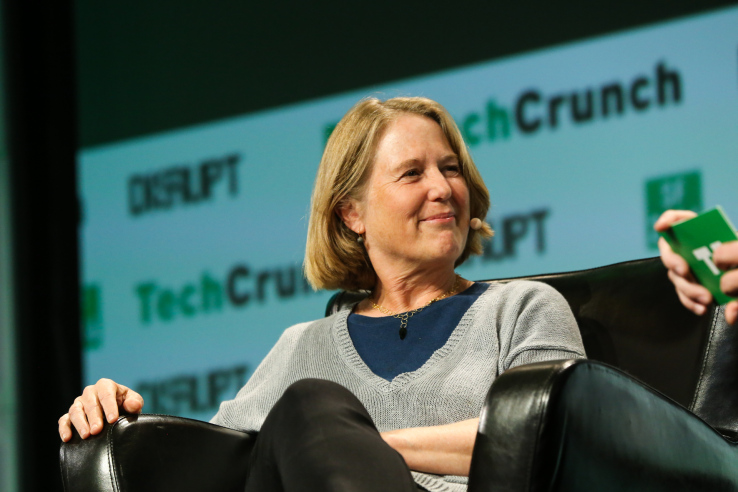

It has long been believed that the big three in the cloud consisted of AWS, Microsoft and Google, with IBM not doing too badly either. But in its earnings call with analysts today, the company revealed it’s pulling in a billion dollars a quarter in combined cloud revenue. That’s a figure that Google’s Diane Greene says already puts her company on elite footing, but which is substantially below what competitors have been reporting.
“We are saying we crossed a billion a quarter in 2017 and according to publicly available numbers, we are the fastest growing cloud. If you step back and think about someone offering services and that’s revenue, that’s pretty darn impressive. Not too many companies can make a claim like that. It already puts you in the elite of companies,” Greene told TechCrunch.
It’s worth noting that in Q4, Canalys reported that Microsoft had grown the fastest with 98 percent growth with Google second at 85 percent growth; still quite brisk, but not the fastest. While Greene wouldn’t share specific data on how they came up with their number, she did say the company compared a range of publicly available data with their own internal numbers to come up with the “fastest growing cloud” label.
That may be so, but it’s hard to ignore that a $4 billion run rate is not even equal to a quarter of revenue for any of Google’s main cloud competitors. While it’s hard to do a pure comparison of cloud revenue because there is no standard way of measuring it, we do know that Amazon reported AWS revenue today of $4.331 billion. Meanwhile, Microsoft passed a $20 billion total cloud run rate last year and IBM reported revenue of $17 billion for the year in its most recent earnings report, which breaks down to more than $4.25 billion a quarter.
For her part, Greene sees progress. Besides the the rapid growth she cited, Google Cloud has passed major milestones like 4 million customers paying for G Suite and it has tripled the number of sales of a million dollars or more since 2016. All progress, she says, that points to a company that’s growing more quickly than the billion-dollar revenue number would suggest in isolation.
Google has spent $30 billion in infrastructure investments over the last three years to build its data center presence around the world. It also has made a concerted effort to be a more developer-friendly cloud vendor and has contributed key software like Kubernetes to open source, a technology that surged in popularity in 2017.
Greene says this has removed a lot of market obstacles for Google, but that it takes some time for revenue to catch up with customers. “Think about how the cloud works and they start moving over and the revenue takes awhile to start coming in,” she explained.
She cited a long list of big-name customers who have come on board during her tenure, from enterprise technology players Salesforce, Cisco and SAP to a range of other industries, including Disney, Rolls Royce and PayPal.
It’s also worth pointing out that customers don’t typically choose a single cloud vendor, which means that each one can share the same customer. This is not necessarily a zero sum game for any of these vendors.
Yet its reported results of a billion dollars in revenue per quarter is far less than its competitors. That could change over time, of course, if the company can continue to grow market share, but it’s a lot lower than any reasonable market observer would have expected from a major cloud player.

